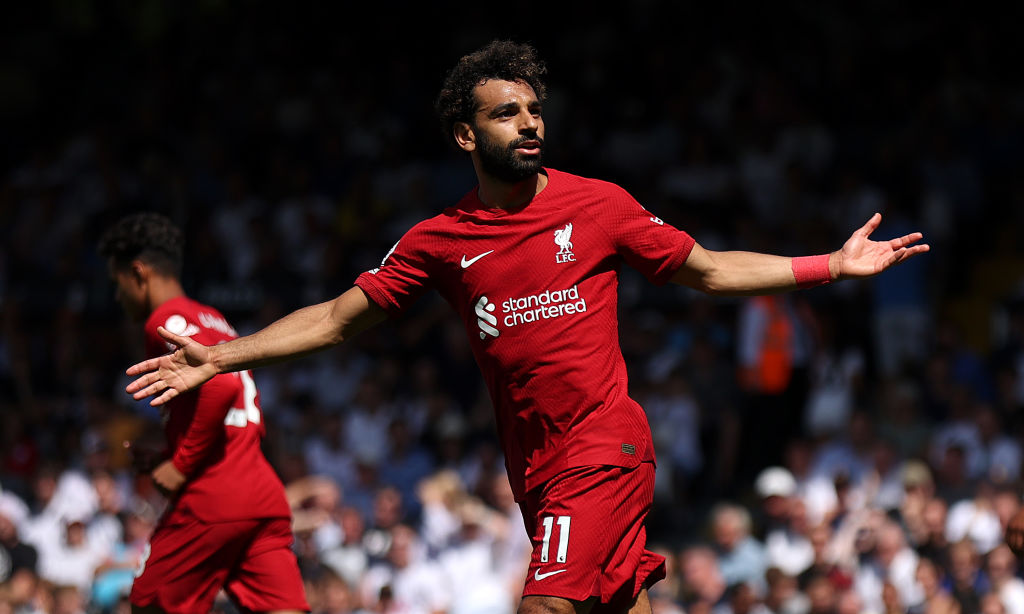Premier League clubs bounce back from pandemic but Championship crisis deepens

Premier League football clubs have recovered from the financial effects of Covid-19 just a year after stadiums were reopened, according to a new survey compiled by accountants BDO.
But that is in stark contrast to the fortunes of teams in the Championship, whose money worries have deepened since the pandemic, the business advisory firm found.
BDO’s Annual Survey of Football Club Finance Directors, published today, reports that 71 per cent of respondents from Premier League clubs rated their position as “very healthy”.
That represents a major increase on 12 months ago, when the figure stood at just 29 per cent.
In the Championship, however, only 18 per cent of respondents rated their financial position as “very healthy”, while the number who considered it “in need of attention” more than doubled year-on-year to 55 per cent.
Alarmingly, 45 per cent of respondents from second-tier clubs reported spending more than 110 per cent of their income on player and staff wages.
“While overall financial health is improving in the English professional game, the speed of recovery is uneven across the leagues,” said Ian Clayden, head of professional sports at BDO.
“Many clubs within the English Premier League have recovered to pre-Covid levels, with opportunities for growth outweighing current financial threats.
“The opposite may be the case for clubs in Football Leagues 1 and 2 who are having to closely monitor and control every penny.
“However, it’s Championship clubs that appear to be under the most financial pressure, spending above their means either in pursuit of the holy grail of promotion to the Premier League or to avoid relegation.”
Premier League clubs cited player wage costs as their biggest concern, with the majority reporting that salaries accounted for more than 70 per cent of income and 29 per cent admitting exceeding 90 per cent.
Despite having even worse wages-to-revenue ratios, Championship teams said the looming impact on ticket sales from the cost of living crisis was their biggest concern.
Over English football’s four professional divisions, most clubs expected to have to use the transfer market to break even or turn a profit. Around three quarters told BDO they would make a loss before player trading was taken into account.
In Leagues One and Two, the third and fourth tiers, 33 per cent of teams reported being “very healthy” – far fewer than in the top flight but almost double those in the Championship. The number “in need of attention” fell slightly from last year to 25 per cent.
Tougher trading conditions are making club shareholders consider selling up, according to the survey, with those seeking an exit up from 22 per cent to 43 per cent. Most of the interest is from overseas buyers, with US investors the most prominent nationality.
While England’s win at Women’s Euro 2022 set new records for attendances and television figures, all clubs surveyed by BDO said their women’s teams remained loss-making.
Despite that, 60 per cent reported having drawn up a specific investment strategy for women’s football, while 30 per cent cited it as one of their key strategies for growth.
“England’s recent win at the Women’s Euros has sparked real excitement at the prospects for the women’s game but the challenge now is how to monetise this enthusiasm in a way that is attractive to investors but also protects athletes’ and fans’ enthusiasm and passion for the sport,” said Sandi Dosanjh, a partner at BDO.
“While there is clearly huge potential for growth, we’re still at the beginning of the cycle, so clubs investing in women’s football may need to be patient to achieve a direct financial return.”
